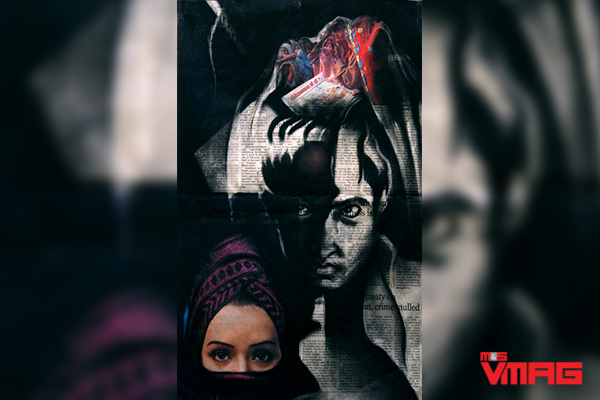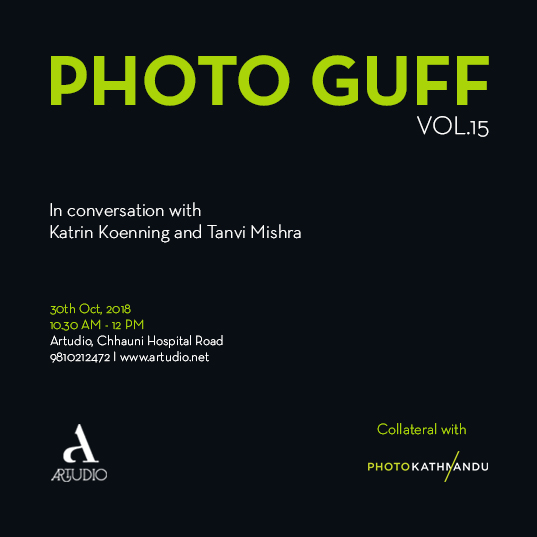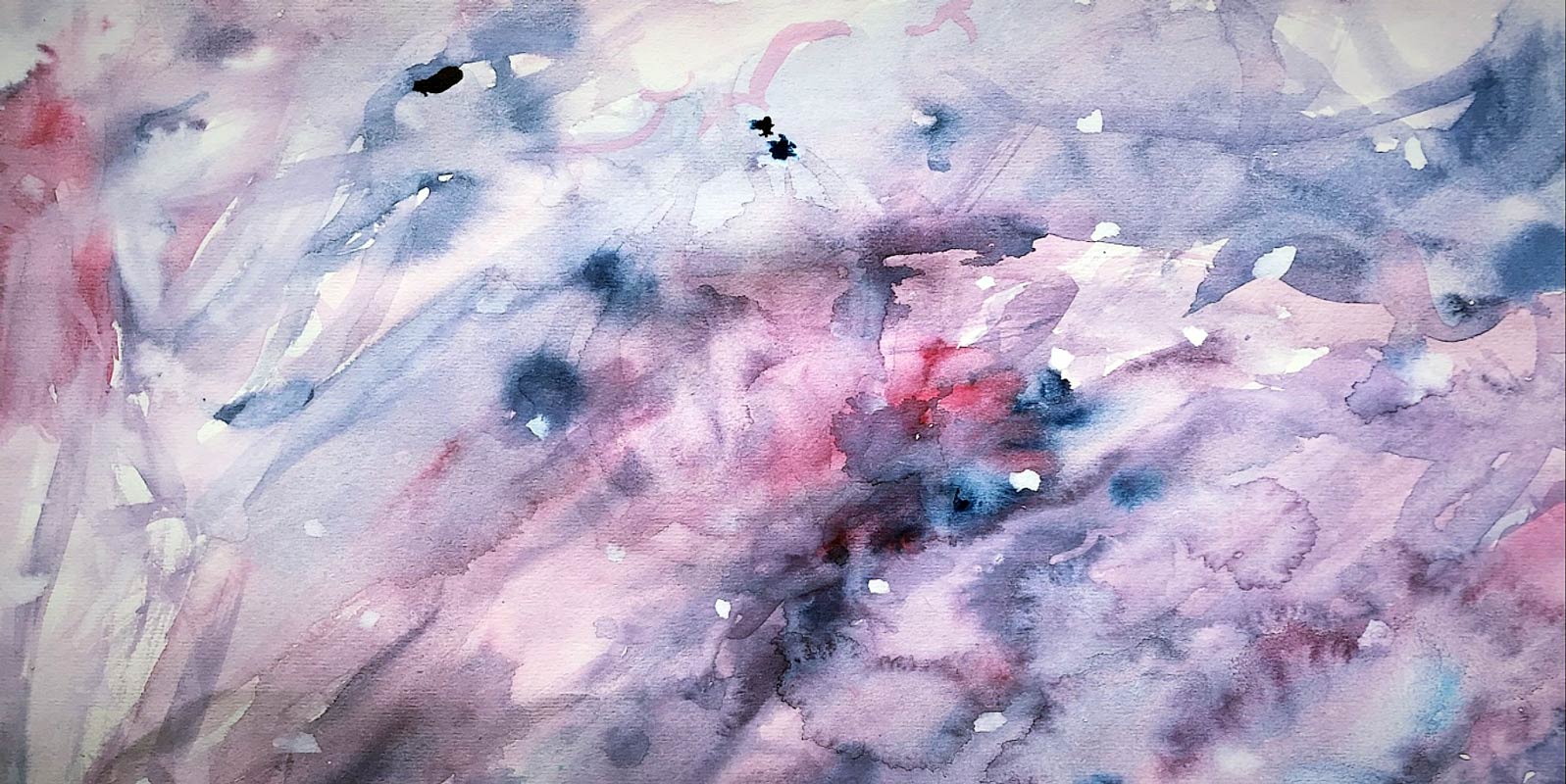Kailash K Shrestha’s big dreams for Dolakha
By Alok Thapa
Published:
30 Jun 2017
Duration:
7 min read
Words:
1895 words
Segment:
Featured
Kailash K Shrestha, founder of Artudio—a centre for visual arts—is a multifaceted artist who employs a variety of visual languages to create narratives that are both personal and relatable
Kailash K Shrestha is a multifaceted artist whose work employs a variety
of visual languages to create narratives that are both personal and relatable. He is the first recipient of the Young Artist Award in 2009, from The Australian Himalayan Foundation, and his works push past the margins of established artistic genres and expression. Shrestha (who has taken part in several international group exhibitions, curated shows and become a university lecturer) is also the founder of Artudio–an unpretentious centre for visual art where artists come together and share knowledge.
Currently, Shrestha is on a mission to establish a community art centre in his birthplace, Dolakha, to help people recover from the post-earthquake trauma through art. In this interview with Alok Thapa of VMAG, Shrestha talks about how he believes that art can function as a catalyst for individual healing and for transmitting joy.

What is art for you?
Art in its simplest explanation is the exploration of an individual’s experiences and ideas. It’s a way of communicating one’s emotions that can’t be faithfully portrayed by words alone. I feel the intent of a majority of artists is always to instigate some kind of change. The right idea–if carefully executed and followed by action–can spark resistance, sway elections and even bring down governments. Art is power.
Tell us a little bit about your background, and what made you want to become an artist.
I come from the little village of Gairimudi, in Dolakha. I was a student in the government school my father taught at, which meant I always had to be proper and well behaved in school. However, I was quite an inquisitive child who was always up for new experiences. I loved listening to the radio, singing, experimenting and scribbling on walls. But my dad always told me to concentrate on my studies, for I had to be a doctor or an engineer–in accordance with society’s standards. Growing up, I don’t remember having too many friends or exploring the village. Things changed when I met my friend Khem Bikram Tamang in class four. He was good at sketching, whereas I was interested in calligraphy. We used to collaborate, and I feel that was the genesis of my interest in art.

You wanted to be a calligrapher?
In calligraphy, it’s all about the movement and rhythm. And I enjoyed watching the process of how something so perfect was made from start to finish with one masterful stroke of a brush. Once I saw my teacher making seat plans using a brush, and I just stood there transfixed. I wanted to write exactly like him. Of course, I didn’t have the proper tools so I tried to make a brush of my own by cutting the hair of a buffalo’s tail. It didn’t work. But I kept on experimenting with other things and soon found that the tip of corn silk made for a functional rudimentary brush. With the crude brush and red mud as my colour, I would write on the walls. I would scrape off soot from cooking pots to make ink to practise my calligraphy. When I would go to Charikot Bazaar to sell oranges, I would go to the banner shops and watch the painters write.

It looks like, initially, you wanted be a banner maker as opposed to being an artist.
When I was a child, I didn’t have any idea about what being an artist meant. The only thing I did know was that I wanted to be the best banner maker in my village. I would spend hours looking at community boards in jungles, marvelling at the handwritten fonts. After passing high school, I came to live with my brother in Kathmandu. I wanted to study at the Lalit Kala Campus of Fine Arts, but my family was adamant that I study business in Public Youth Campus. I sat for the entrance exams in both the colleges, and I ended up failing in Lalit Kala because I wasn’t good at drawing. So for the next two years, I spent my time trying to grapple with the world of commerce, which clearly didn’t interest me. In the mornings, though, I would spend my time at Lalit Kala. After I failed the board exams, my brother understood that I would not do well in a subject that didn’t interest me, so I was reluctantly allowed to explore my interest in art. I failed the entrance exam a second time (my aptitude in drawing and painting was null) and got in with the help of a union.
How was your journey into the art world?
You see, it all comes down to one simple thing: how badly do you want it? I gave everything I had to polish my drawing skills. I started going to art exhibitions and various galleries in Thamel, where I was exposed to landscape and portrait art. All this opened my eyes to the endless possibilities that lay in the stroke of my brush. After I completed my intermediate levels, I wanted to get into the Kathmandu University School of Arts for my bachelors degree, but my elder brother couldn’t afford to help me as he was already struggling to educate my younger siblings here in Kathmandu. The little money I had saved up paid for my college registration fee. But from then on, I started to face bigger struggles.

What were the struggles you faced in your student life?
Being an art student is expensive. When I started painting, I couldn’t afford canvases and frames, and so I used old newspapers and cardboard boxes. However, I always focused on my drive to learn as much as I could about art. You see, once you control your subconscious mind, you then become the master of your thoughts and not the slave of your condition. Just as every brushstroke reveals the intent of an artist, with each stroke reflecting a decision–I chose to be an artist who went with his inspiration’s flow. It was this belief that helped me come up with my first solo exhibition for my graduation. And all my paintings sold out. The sale not only reimbursed my three years of college fee, but also helped change my parents’ perception towards the arts. That to me was my biggest achievement. After that, life has been full of personal milestones: I have had the pleasure of taking part in many international exhibitions, residencies and festivals. I was also the recipient of the prestigious Australian Himalayan Foundation Art Award scholarship in 2009. I have achieved more than I expected, but there’s so much left to achieve, there’s so much that has not been done. I feel we are always learning, every moment of our lives; during all circumstances, something is being added to the pile of our previous achievements.

Is that what Artudio stands for–a learning process?
At Artudio, we are not trying to teach anyone anything. We are all just sharing what we know collectively and increasing the breadth of our knowledge. Apart from that, Artudio is also my personal space where I work and spend most of my time. I wanted to create a hub for visual art, an unpretentious space for artists to come together and share.
You are also known as the initiator of street art in Kathmandu, what got you into this?
Street art speaks on behalf of everyone. Let’s face it, the average member of the public is intimidated by art galleries, and what street art does is make art accessible to the public. I feel that when art goes public, it wields the power to challenge the status quo. Art in its various forms–music, poetry, works of visual representation–are vital in creating and communicating a collective narrative. It helps articulate who we are, where we come from, what we stand for and what we are against. That’s why art has always been the text of political protest, and serves as a link between the past, present and future.

What inspired you to start the Art Centre in Gairimudi, Dolakha?
After the 2015 earthquakes, I started regarding art as a medium that could help people heal from the disaster. While art may not seem like the obvious need after a natural disaster, it can, for example, be crucial to a child’s rehabilitation, especially if they use it to express their trauma. When I went to Dolakha, which was completely destroyed after the earthquake, I realised that the kids not only found solace through their creative endeavours, but also eagerly looked forward to every session. The initiative became such a hit that we had to conduct three sessions a day to accommodate toddlers, teenagers and even adults. It’s been two years and the Art Centre is still running on weekends. My dream is to create in my birthplace a proper art centre where art is accessible to everyone.

What inspires you?
The challenge of taking a simple or mundane idea and seeing it evolve into something with significance is what keeps me inspired to do what I do every day. To be an artist is an amazing privilege, but with that privilege comes a lot of responsibility. To exist as an artist, you need to be a part of the prevailing discourse–to get involved in the world and in its discussions. This is what motivates me to create art, and share it with the public–to see their response.
Source: http://mnsvmag.com/news/2017-06-30/art-is-power.html





